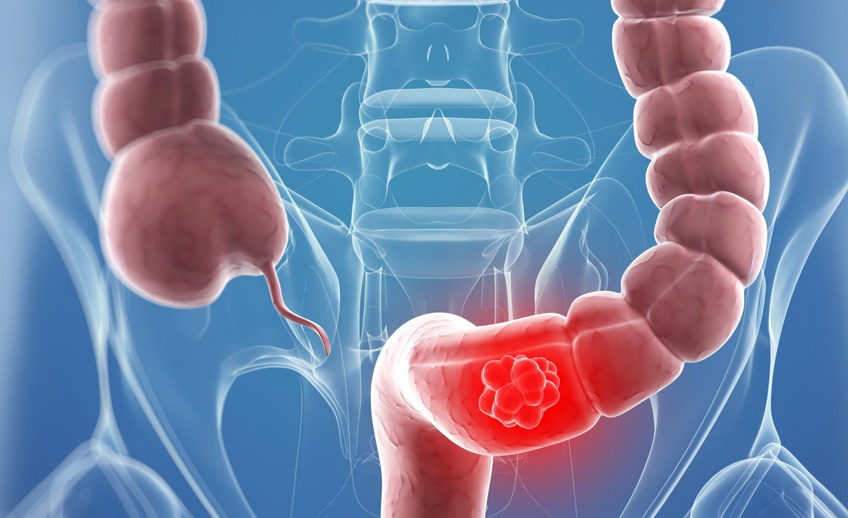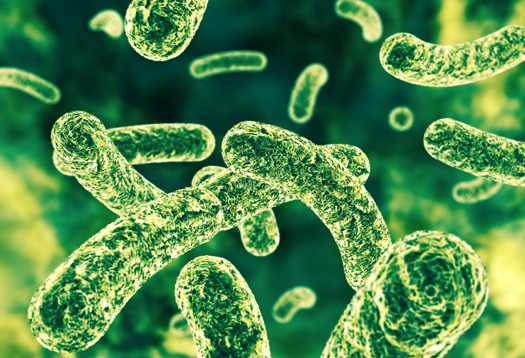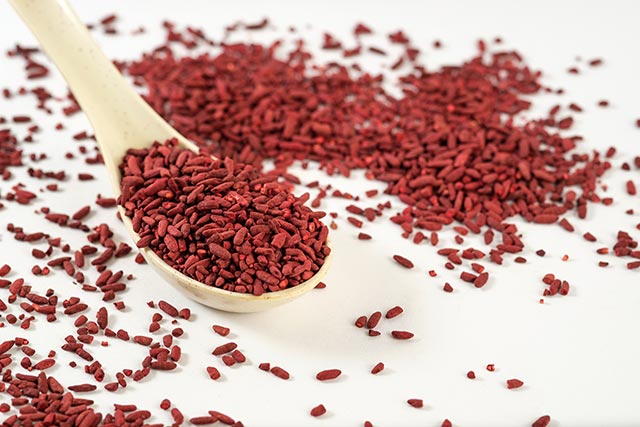Bangladeshi woman gives birth to a baby and twins, all within a span of 1 month
11/30/2019 / By Edsel Cook

Doctors attending to a Bangladeshi couple were in for a big surprise – just one month after giving birth to a child, they were again helping the mother to give birth, this time to twins.
According to experts, the woman had a rare condition called uterus didelphys, which meant she had two uteruses instead of one. Even more amazing: She carried babies in both wombs, which contributed to her early labor pains.
Despite going through two instances of premature births in a span of a month, the new mother and her three children are reportedly in good health.
Arifa Sultana Iti and her husband Sumon Biswas live in the village of Shyamlagachhi in Sharsha, Bangladesh. When the 20-year-old woman experienced early labor pains, she was rushed to Khulna Medical College Hospital on February 24, 2019.
The next day, Iti gave birth to a boy earlier than expected. The Khulna hospital staff took care of the preterm baby while discharging his mother.
Twenty-six days after delivering her firstborn, Iti started experiencing unusual pain in her lower body. Biswas brought his ill wife to a different healthcare facility, the Ad-Dwin Hospital in Jashore District. (Related: Children exposed to pesticides have increased risk of autism.)
Two uteruses, both occupied
To determine the source of the pain in Iti’s lower abdomen, Ad-Dwin staff performed an ultrasonography test. To their surprise, they found that their patient possessed two uteruses.
Furthermore, one of Iti’s wombs were occupied by twin babies. They were the source of her unexpected lower body pain, which turned out to be a new set of labor pains.
Sponsored: NEW Biostructured Silver First Aid Gel created by the Health Ranger combines three types of silver (ionic silver, colloidal silver, biostructured silver) with seven potent botanicals (rosemary, oregano, cinnamon and more) to create a breakthrough first aid silver gel. Over 50 ppm silver, verified via ICP-MS lab analysis. Made from 100% Texas rain water and 70% solar power. Zero chemical preservatives, fragrances or emulsifiers. See full details here.
“The first baby was born from one womb,” explained Dr. Sheila Poddar, who ran Ad-Dwin’s gynecology department and helped deliver Itti’s fraternal twins. “The two babies born here are from the other womb.”
Until her confinement at Ad-Dwin, Iti never received an ultrasound scan of her body. She only learned of her rare condition at the hospital.
Iti underwent an emergency cesarean section. She gave birth to her twins, who turned out to be a boy and a girl.
“We were very shocked and surprised,” Poddar said in an interview. “I have never observed something like this before.”
She also gave birth to fraternal triplets with the “twins” sharing the same womb
Also known as “double uterus,” uterus didelphys is a rare disorder. One out of every 2,000 women has two uteruses instead of one.
When the fetus begins developing female reproductive organs, she starts with two tubes called Mullerian ducts. During the sixth to the 22nd week of development, the separate ducts fuse into a single uterus.
However, some fetuses fail to join their tubes together. As a result, the two tubes develop into separate uteruses.
Iti was not the only woman with uterus didelphys who became pregnant in both her uteruses. In 2011, a Florida woman with the same condition gave birth to two babies, one in each uterus. Her healthcare providers remarked that the chances were one in five million.
In general, double uteruses increase the chances of complications in pregnancy. Known outcomes include the spontaneous loss of a pregnancy, early labor, cesarean delivery, and decreased live births.
Experts theorized that Iti’s ovaries released three eggs at once. All three got fertilized at the same time, making her children fraternal triplets.
One fertilized egg got its own uterus while the other two shared the other womb. Each uterus may undergo separate contractions, explaining why Iti’s firstborn preceded his siblings by 26 days.
Sources include:
Tagged Under: babies, childbirth, pregnancy, pregnant women's health, reproductive system, uterus didelphys, weird science, women's health



















